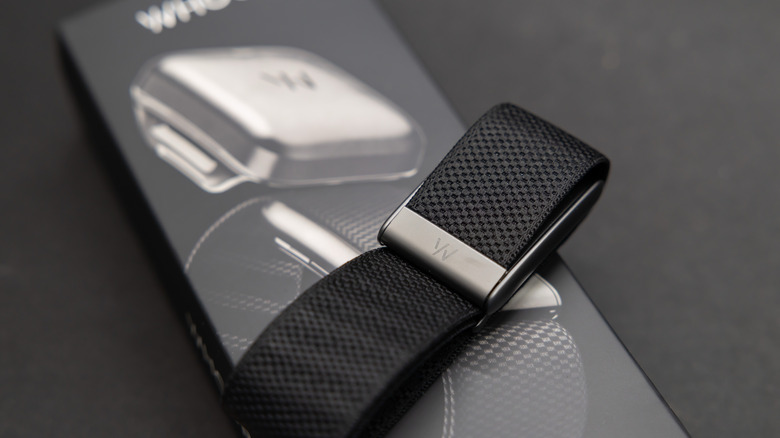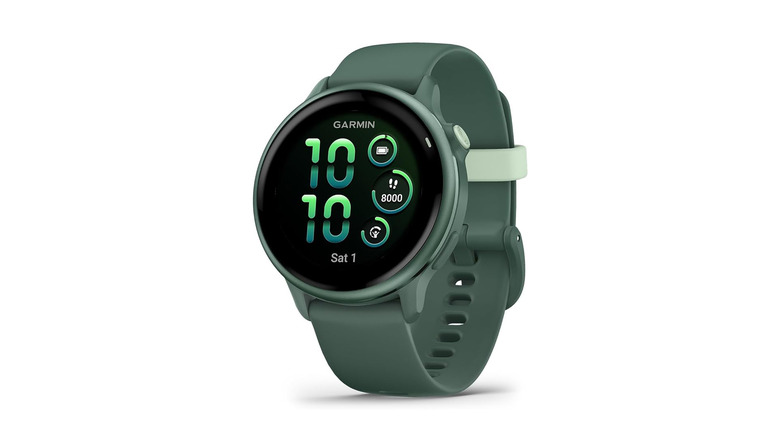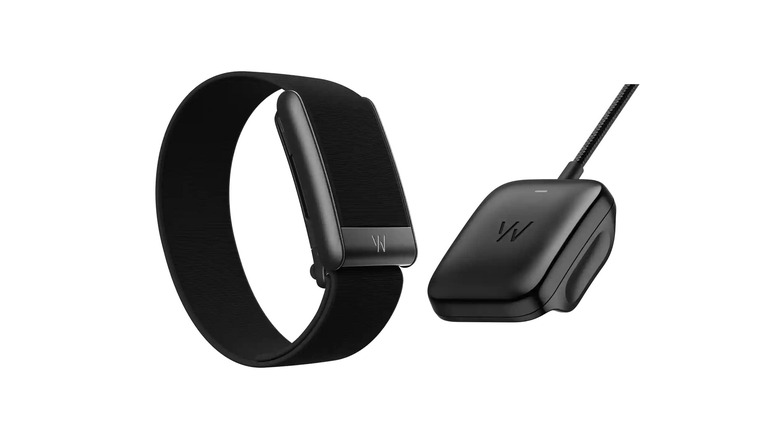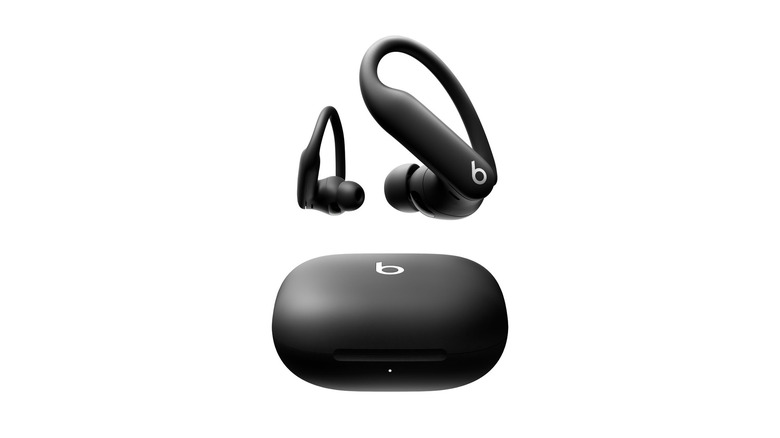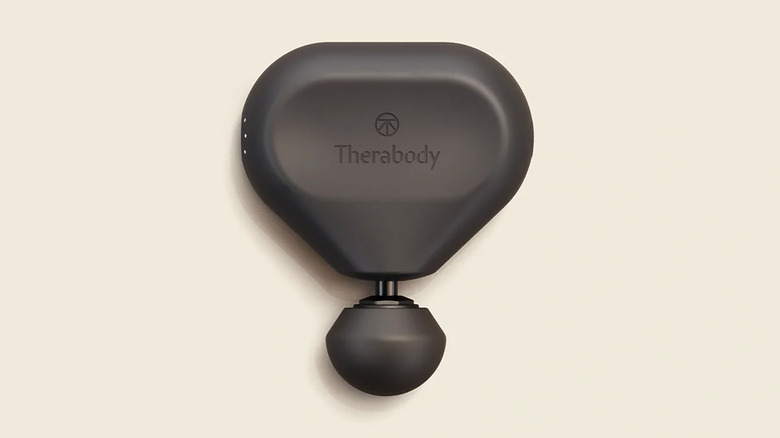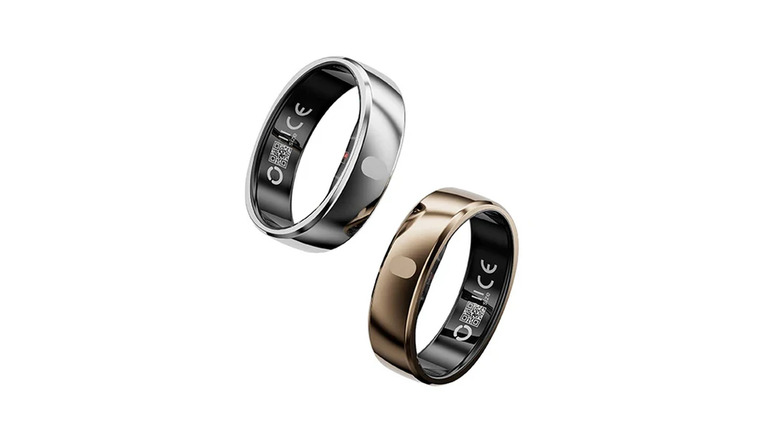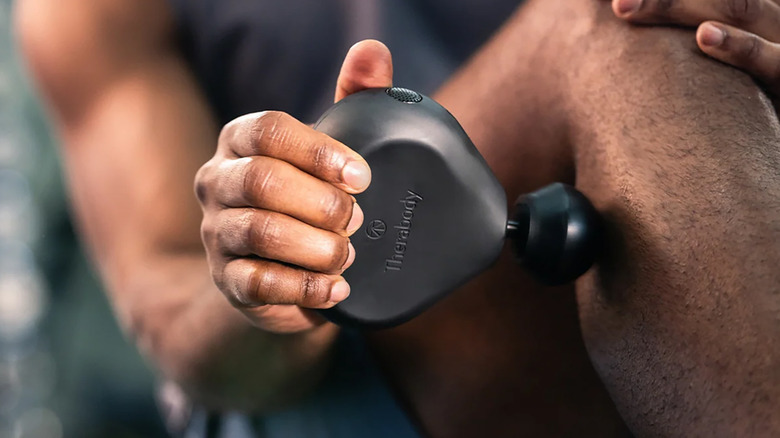5 Smart Fitness Gadgets Users Say Make Workouts Easier (And More Fun) This October
We may receive a commission on purchases made from links.
The fitness industry has long been a space for tech companies to pioneer and introduce cutting-edge features in their products, constantly offering people new ways to view exercising and improve how they train. Traditional fitness tools have also seen rapid development, but on the gadget side, there are almost certainly multiple new products tailored to your specific discipline for 2025. However, something shared by the majority of these gadgets is the goal of making exercise easier and more efficient.
In the U.S., more and more people are taking care of their health through exercise, making the following five fitness gadgets massively beneficial if you're in that space. Whether you're looking to keep track of your vitals 24/7, receive tailored workouts depending on your body's response to your sessions, prioritize recovery, or find ways to make the simple pleasures of working out more enjoyable, multiple brands offer a product that ticks all those boxes based on owner feedback.
Garmin Vivoactive 6
Garmin is one of the leading brands in the ever-growing segment of smartwatches. More so than some other competitors, however, Garmin leans heavily into the sports and fitness side of things, offering a watch geared towards specific types of training and their environments. One of the latest watches to join the lineup is the Vivoactive 6, which starts at a solid $300 price tag.
Improvements for the Garmin Vivoactive 6 include a huge boost in the number of workout plans to over 80, including strength training, high-intensity training, and cardio, to name a few. The GPS also gets an upgrade, making it a more reliable tool to track activities like running and swimming, even providing time predictions for different distances. Your heart rate, respiratory health, and VO2 max are also tracked, as well as more in-depth features like the effect of each workout on your fitness levels. Garmin doesn't forget about recovery with any of its watches, with the Vivoactive 6 also tracking your sleep patterns, optimal recovery time between workouts, and heart rate variability around the clock.
Reviews of the latest entry into the Vivoactive series highlight its minimal design, easily passing as a normal smartwatch despite being packed full of sports-focused tricks. Owners also appreciate how many features it has compared with some of the more expensive watches tailored for elite athletes, covering the essential bases for the everyday person trying to boost their health.
Whoop 5.0
Whoop's rise to the top of the fitness tracking game has been nothing short of extraordinary. The latest version of the Whoop band is the 5.0, which was released earlier this year with updates like improved sensors and longer battery life, reaching 14 days before needing to be charged. The core foundations of the product remain the same, keeping the positive reviews flowing.
The idea of Whoop is to provide a way for users to track almost every aspect of their health, from sleep patterns and blood pressure to heart rate, and provide insights into the areas they need to improve. Recovery is only one half of the tracker's capabilities, however, offering a wide range of activity settings to measure both cardiovascular and muscular strain, and then provide personalized targets to hit moving forward. Key information like your VO2 max is also recorded.
Reviews of the latest model point out that the heart rate monitor isn't as accurate as some other gadgets in the space, but it's a big step up from prior models. Still, Whoop's ability to offer insights into vast amounts of physiological data beyond workouts continues to set this gadget apart. You can't buy a new Whoop 5.0 device directly, with the company using a subscription-based model instead. The most affordable plan comes in at $199, with higher-tier plans unlocking features like real-time stress monitoring.
Beats Powerbeats Pro 2
Moving away from trackers that enhance your performance, there aren't many ways you can make your workout more enjoyable than music. And if you work out in a gym, who knows what might be on the playlist? While it's completely up to you whether you prefer over-the-ear headphones or earbuds, the latter's natural lightness and subtlety can make them more comfortable for workouts, particularly with activities like running.
Standard earbuds do have a tendency to fall out with certain movements, which is why the Powerbeats Pro 2 should be considered. The company markets the earbuds as "for athletes" with its hook design, preventing them from falling out like alternatives such as the AirPods Pro 3 often do. This is something that we loved in our review of the earbuds earlier this year. Speaking of the latest AirPods, the Powerbeats Pro 2 feature the same H2 chip for solid noise cancellation and transparency, although the AirPods are cited as having better noise cancellation.
Another benefit these earbuds have for training is their heart rate monitoring capability, which pairs with some apps for review. Some reviewers had issues with sound due to not having the earpieces sitting correctly in their ears, but the quality of the bass and overall depth is praised by many. As for pricing, the Powerbeats Pro 2 retail at $250, the same as the new AirPods Pro.
Therabody Theragun Mini 3rd Generation
We've covered products that help you recover in a more holistic way, but implementing physical methods can also prove essential depending on the type of training you're doing. If it's anything intense or falls into the endurance category, very few gadgets are as accessible and effective as a massage gun. While not a product that you'll use during your workout, it can help you prepare for your next one by reducing muscle soreness and tension.
One of the industry's favorite products has been Therabody's Theragun, which comes in a few different variations. The Mini version has been on the market for five years now, but in 2025, the new third-generation model was released with some minor but effective updates. It's 30 percent smaller than the second-generation model, making it even more portable than its predecessor. You also get a nice travel lock feature to stop it from turning on inside your luggage. As for power, the Theragun Mini 3 delivers 2,400 percussions per minute, which gets the job done by reducing soreness throughout the body, according to consumer reviews. It's not the cheapest in the segment at $220, but it proves its worth.
Ringconn Gen 2 Air
Brands such as Oura can be credited for popularizing tracking rings, which look exactly like a regular piece of jewelry but come packed with health-focused tracking tech to help you improve the most important areas. Oura hasn't released a new model in 2025, but one of its key competitors, Ringconn, dropped the Gen 2 Air earlier this year, which is a more affordable version of the flagship model.
Compared to the standard Gen 2 ring, the Air misses out on features such as sleep apnea tracking and has a lower battery life. When it comes to fitness, the Ringconn Gen 2 Air doesn't have as many capabilities as larger products like Garmin's watches or the Whoop 5.0, but that can be expected. Many users use it primarily for sleep tracking. Still, the ring has modes dedicated to cardio-focused workouts like running and cycling, but it doesn't have a built-in GPS. It tracks vital information such as heart rate, blood oxygen, and calorie burn, providing you with tips on how to improve both your workouts and recovery through its intuitive app.
This ring may not be the best choice if you're primarily strength training, as it lacks a dedicated mode for it. You can still use it as a vital tracker, with owners loving how discreet it is in the gym, even with the available silicone protectors. Pricing comes in at a generous $199, with the lack of a subscription being much appreciated.
Methodology
To select the products on this list, we first made sure that each of them was released in the U.S. in 2025, offering some of the newest products in the fitness gadget space. Then, we looked through available consumer reviews to make sure that the products deliver on what's promised, subsequently making exercise easier and more enjoyable in the long run.
